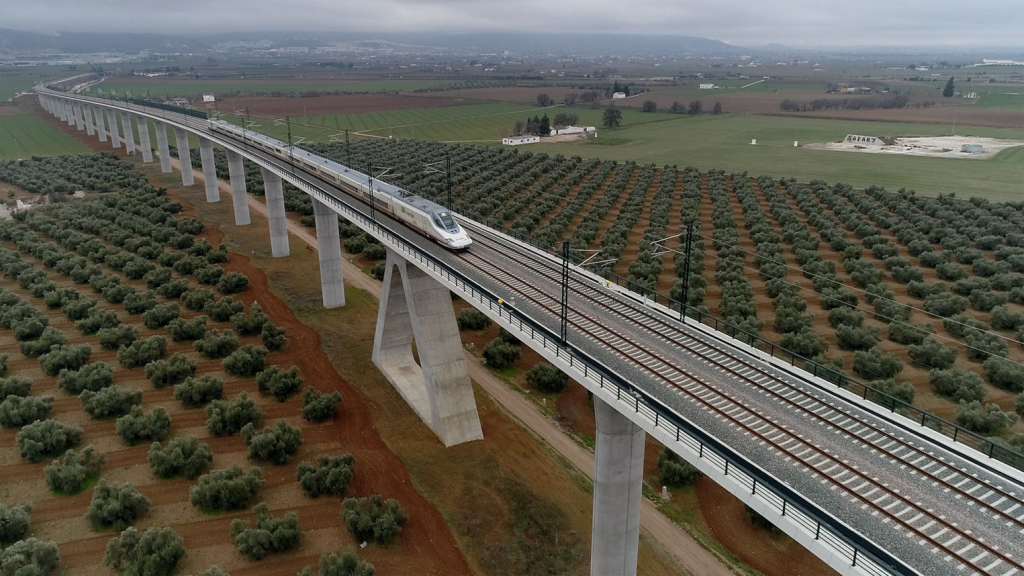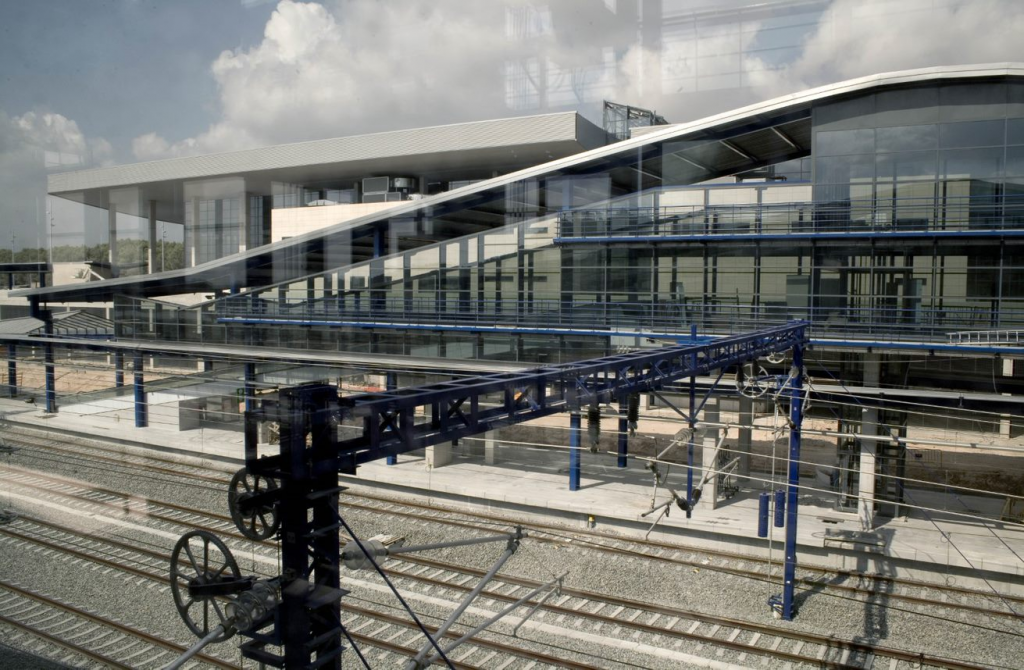Today, May 10 2021 is an important day for rail transport in Spain. Competition in high-speed passenger rail transport has effectively begun with the entry into operation of Ouigo, the SNCF subsidiary that will offer double-decker Alstom trains to cover the Madrid-Barcelona route.
This company will be joined in 2022 by Ilsa, who will also offer high-speed rail services. With Renfe, there will be three competing companies for high-speed passengers, which is a milestone for Spain and also for Adif, as the Spanish railway infrastructure manager, who has successfully faced this complex process of liberalization by managing the assignment of capacity to these three companies under conditions of transparency and non-discrimination.
With the incorporation of new players in passenger transport services and the arrival of competition, not only the offer will be increased, but also the frequency of trains, which will contribute to a more intensive and efficient use of the existing and future rail network. The main beneficiaries of all this will be the citizens, who will enjoy an improvement in the quality of the services provided by operators and lower ticket prices.
Adif expects to significantly increase the income from track access charges due to the increase in rail traffic over the next years. This will contribute to accelerate the amortization of the public investments made to deploy more than 3,500 kilometres of high-speed lines and it will boost the booming railway sector in Spain.
Liberalisation of the European market
The liberalization process of the rail sector was driven by EU regulation, starting with freight in 2005, international rail travel in 2010, and touristic trains in 2013. The liberalization of commercial passenger transport services, established in 2016, led to the final opening to competition as of December 14, 2020, although the worldwide Covid pandemic forced a delay until today.
In Spain, a relevant number of business groups were highly interested in participating in the liberalization process and all of them were focused on the main high-speed rail axes: Madrid-Barcelona-French border and Valencia-Barcelona; Madrid-East Coast and Madrid-Toledo-Sevilla-Málaga. Thus, the implementation process that would follow had to set clear criteria that would prioritize the allocation of capacity of the main lines and terminals in accordance with its real capacity.
The measures implemented within this adaptation plan included reorganizing rail traffic, making land and space within stations owned by Adif available to the different operators and signing framework agreements that guarantee the reservation of capacity for companies for a period of 5 years. Adif’s charging system has been consolidated in order to ensure stability and certainty to companies.
At the same time, Adif is working on different projects aimed at reducing the saturation of the large high-speed railway stations, such as Madrid Puerta de Atocha, Madrid Chamartín or Barcelona Sants. All of them are key rail junctions but their growth capacity limits due to their central location in the urban network was an obstacle for the liberalization process of the sector that had to be tackled.



